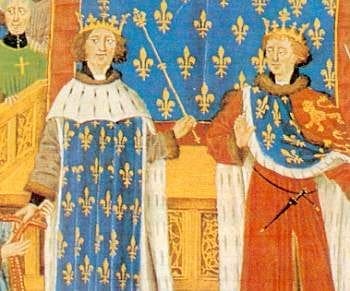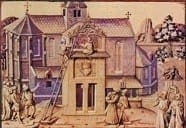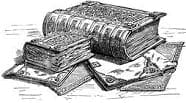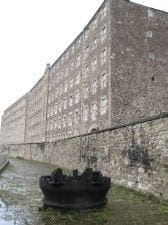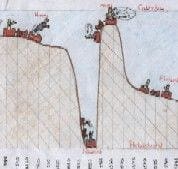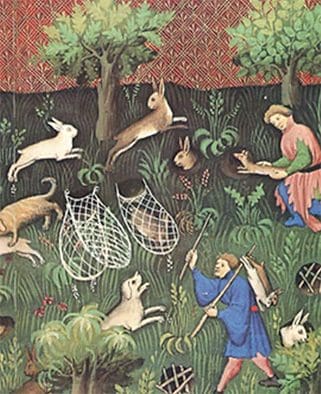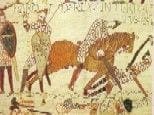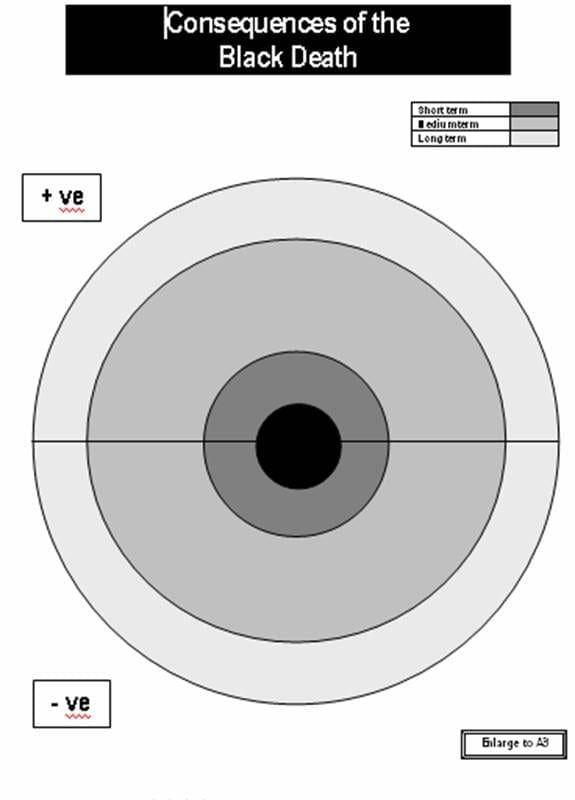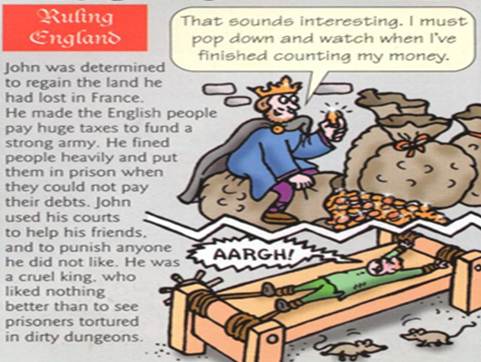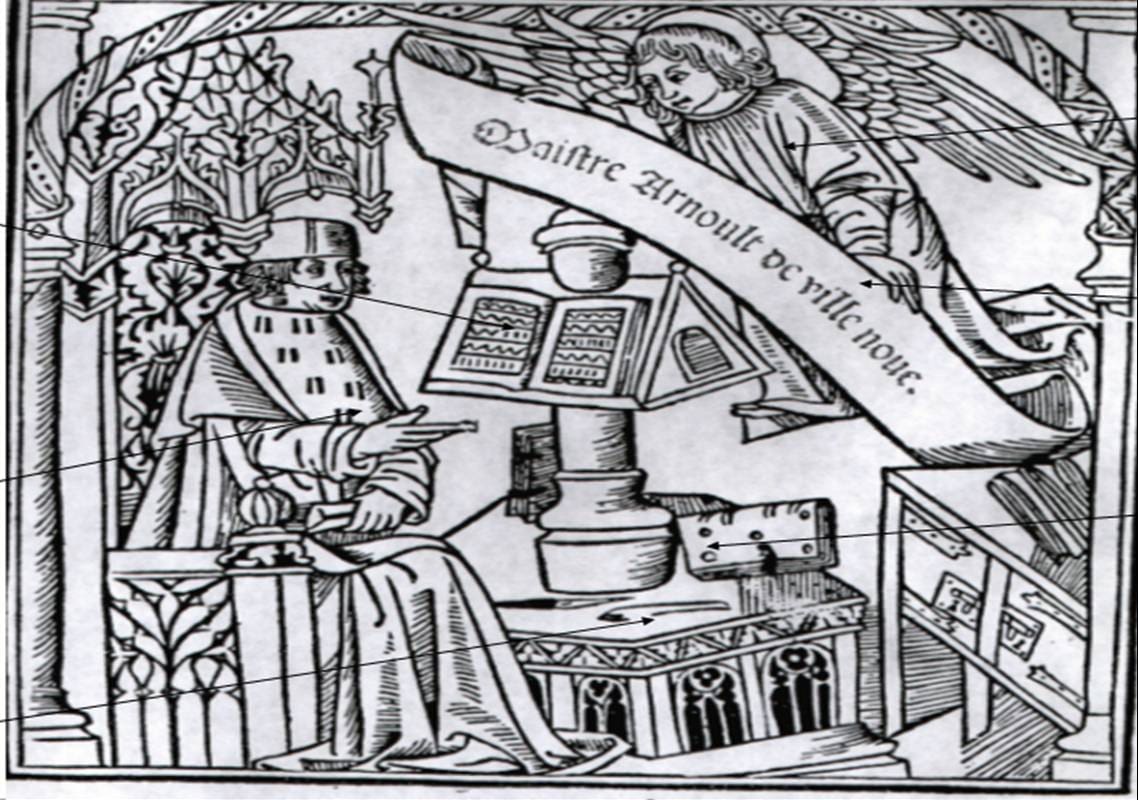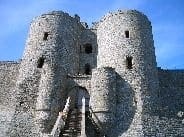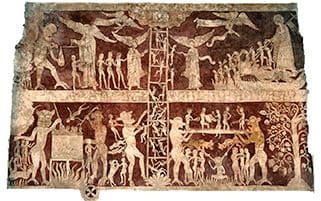Teaching Year 7 History
Richard I: Lionheart or loser should we keep his statue – SMART TASK
This short task puts pupils in the role of spin doctors who have to ‘big up’ the reputation of Richard…
Read MoreWhy did they build so many churches in medieval times?
This simple task starts with pupils exploring and then prioritising a range of accessible ideas in order to arrive at…
Read MoreWhat were the real reasons why William organised the Domesday survey?
In this active lesson pupils start by speculating possible motives (given a couple of clues) and then work in groups…
Read MoreDid the Factory Act of 1833 make any difference at all? An enquiry
This lesson starts with a review of problems for factory workers in the 1830s before looking at the legislation. Were…
Read MoreReligious change in 16th century: did they do what they were told?
Historians have often treated the Reformation as if it was one big event. All Henry VIII did was throw a…
Read MoreWhy did Peasant unrest boil over into revolt in 1381?
Reasons for the Peasants’ Revolt This lesson uses the analogy of raising the political temperature, and then boiling over, to…
Read MoreDid Harold really die with an arrow in his eye? – a reconstruction relay
In this activity pupils reconstruct the death scene from the Bayeux tapestry by means of a short, fun, reconstruction relay…
Read MorePeasant’s Revolt: If life for many medieval peasants improved after the Black Death why did they risk joining the Peasants revolt in 1381?
This is a thinking skills activity, a variant of a history mystery, in which pupils construct their own explanation of…
Read MoreWas the Black Death a disaster for everyone?
This lesson is about the consequences of the Black Death. After an initial stimulus image, pupils are presented with a…
Read MoreDaggers, money bags, clay pipes, scrolls, and torn up maps of France: putting King John on trial using a range of exhibits
Carrying out a trial of a controversial character is far from new. We have all tried it at some time. …
Read MoreHow significant was Magna Carta? SMART TASK KS3
Pupils have been commissioned to produce two brief podcasts for the British Library website aimed at a teenage audience. The…
Read MoreHow well do your pupils know Medieval Britain? A short diagnostic smart task called truth detector
Pupils are given 18 statement cards (provided as RS2) about the Middle Ages on Britain to place on the truth…
Read MoreCastle design. Would I lie to you? Fun smart task
This enjoyable session has serious intent: to question some careless assumptions about castle building that often creep into Y7 teaching…
Read MoreWhat can we learn about medieval churches from the outside and inside?
This innovative lesson uses the gallery strategy in which pupils compare a range of fascinating colour images to discover what…
Read More

